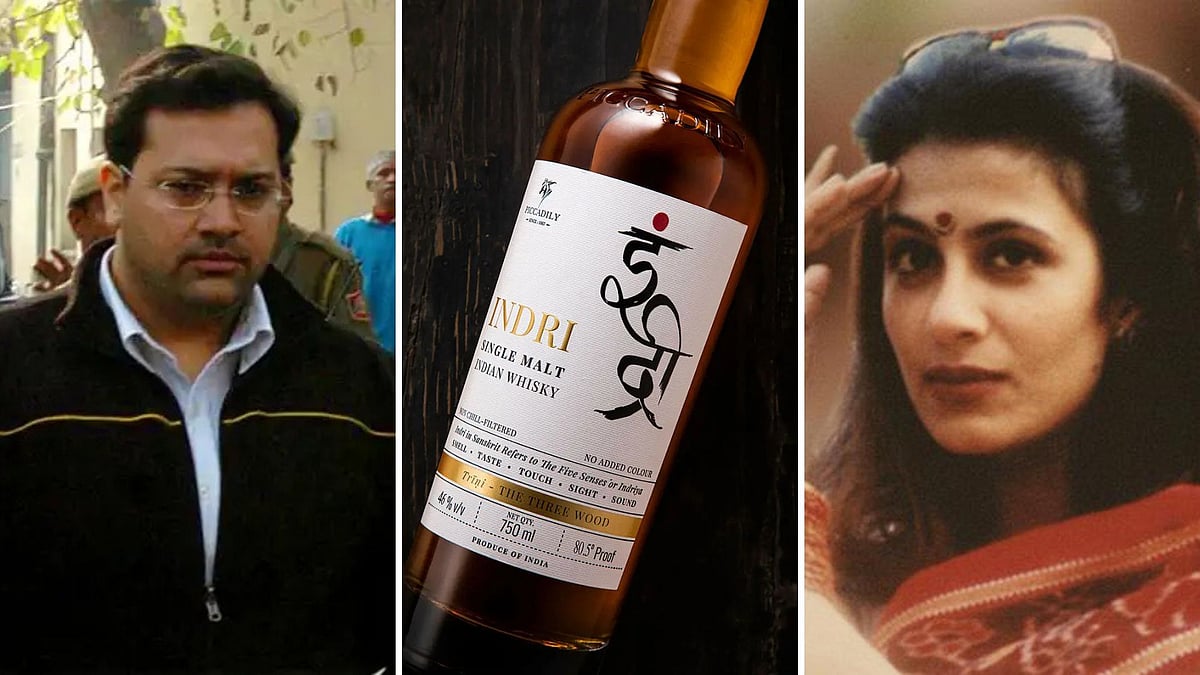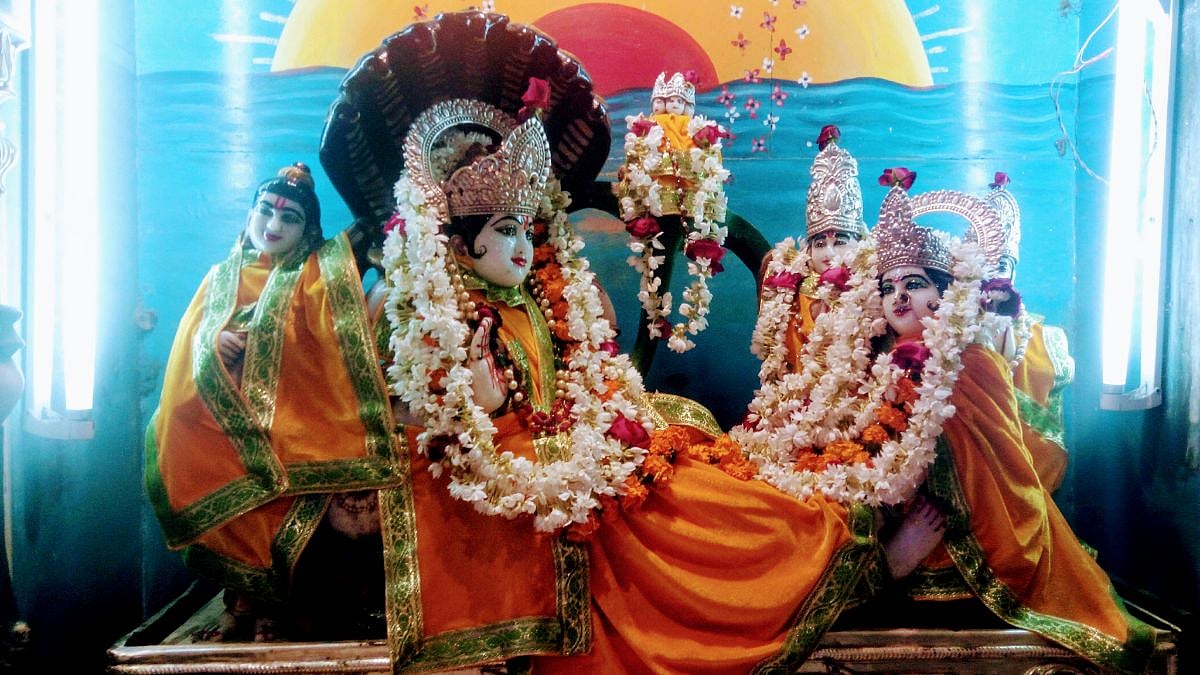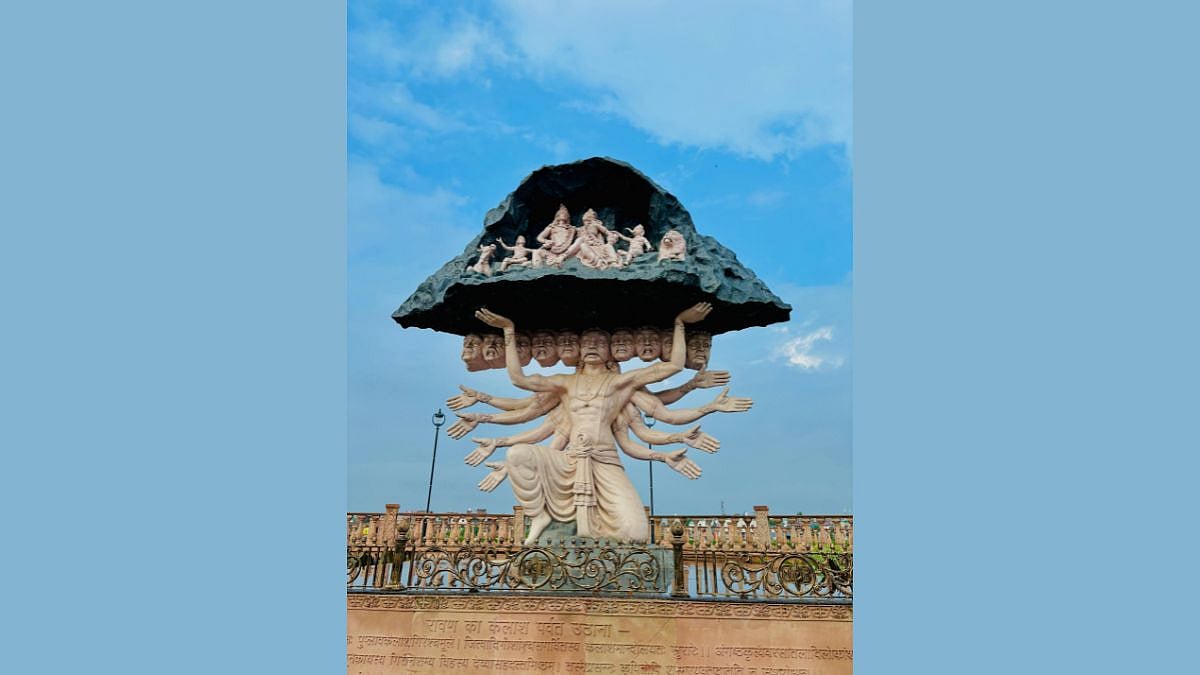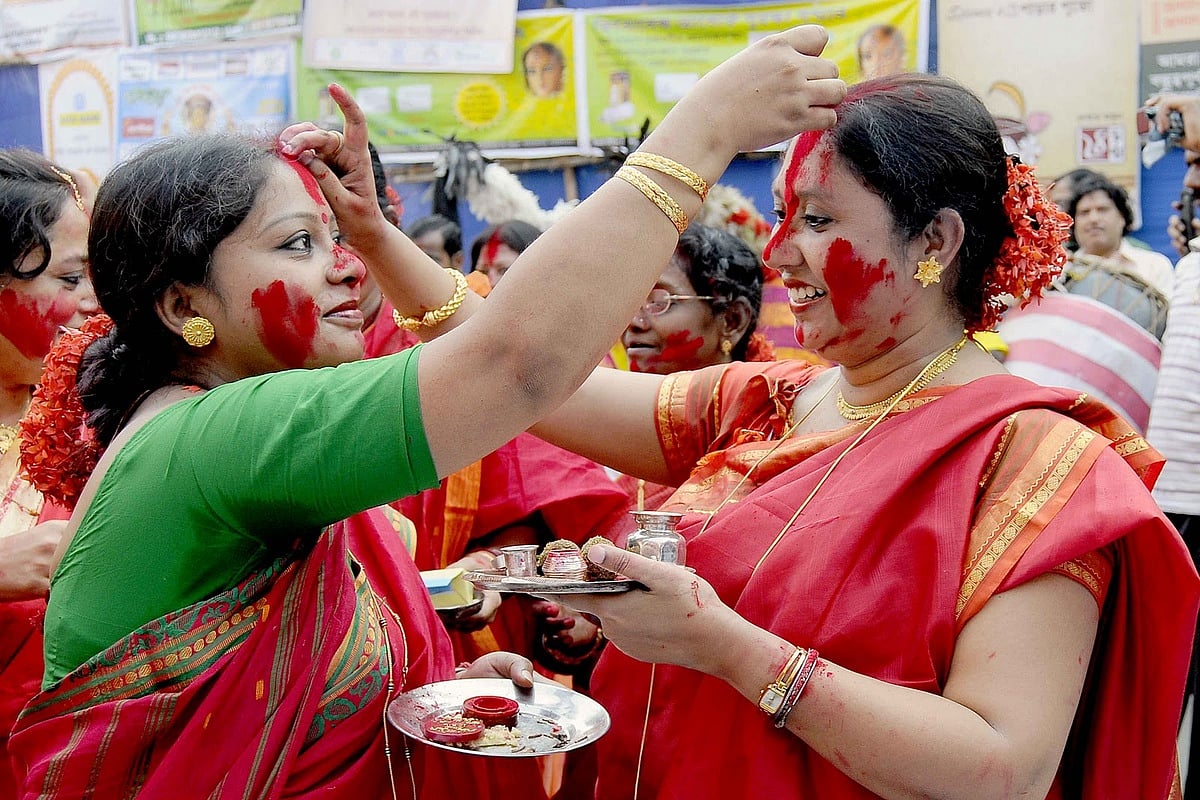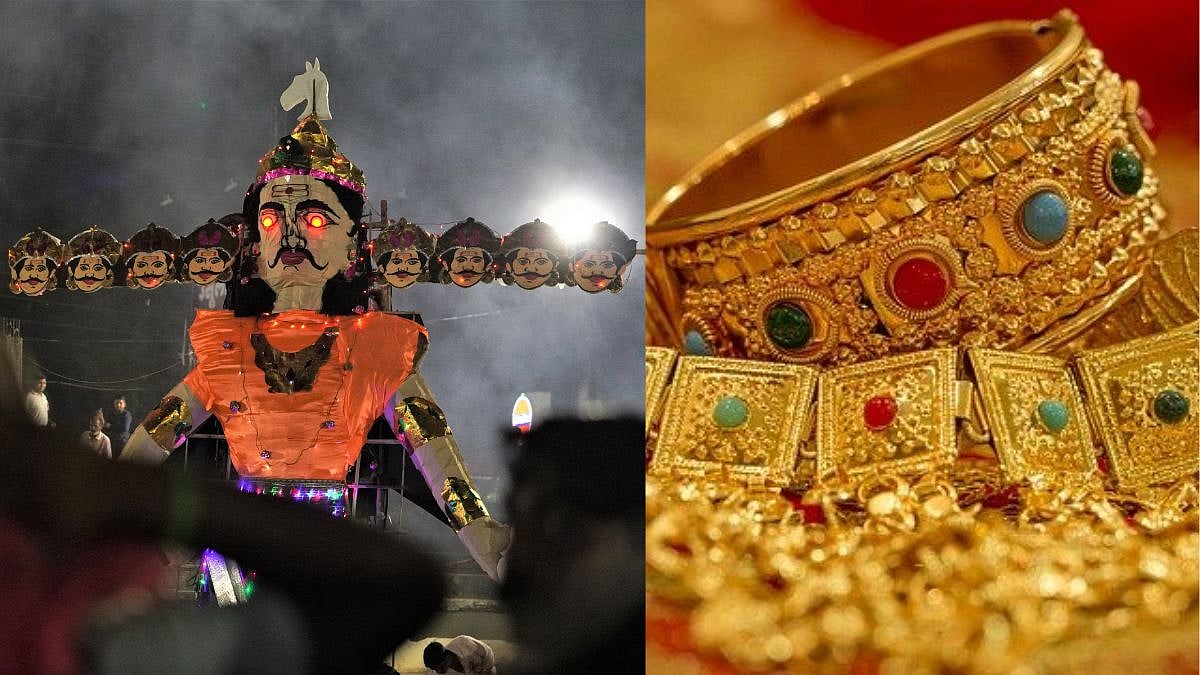The much-awaited nine-day festival of Navratri (Shardiya Navratri) begins today. For the coming nine days, most Hindus, primarily the followers of Shaktism, one of the major Hindu denominations that worships Shakti or Devi in her many forms, will observe and celebrate the festival with zest and gusto. Dressing up for garba and dandiya nights, performing the Dhunuchi Naach on the beats of dhol on Durga Pujo, feasting on delicious meals on Asthami Kanjak Puja, etc. are some of the popular things of the festival that we all look up to, but the real significance of each day of Navratri is much greater and unique in terms of faith, spirituality and rituals. Each Goddess from the nine avatars of Durga has a dedicated day, where the divine incarnation is worshipped as per her supremacy and significance. Here’s the first Goddess among Nav Durgas:
Day 1: Maa Shailputri
The first day of Navratri is dedicated to the first incarnation of Durga, Goddess Shailputri. Born to Lord Himalaya, Shailputri literally means the daughter (putri) of mountain (shaila). She is also known as Hemavati. Goddess Shailputri is also worshipped as Parvati, since she was married to Lord Shiva. The Goddess, who is the embodiment of the holy trinity—Brahma, Vishnu and Mahesh — has a crescent moon on her forehead, and can be seen seated on a white bull. In her right hand one can see a trident and a lotus flower in her left hand.
On the first day, the most important ritual of Navratri, Ghatasthapana is performed, where a shallow pan-like utensil made of clay is filled with soil and seven types of grain, known as dhanya. Along with that, a kalash made of mud or copper is filled with water (Gangajal if available), durva (grass), turmeric mixed with rice, five leaves, betel nut and few coins. This kalash is placed on the pot. On the top of kalash, a coconut and five leaves of mango tree are placed and haldi (turmeric) and kumkum (vermilion) is applied to the coconut.
A swastika is also made with using haldi-kumkum paste over the kalash. Water is sprinkled on the dhanya (grains and seeds) so that they get enough moisture and grow. Ghatasthapana is an invocation of Goddess Durga, which should be done on shubh muhurat. It is believed that Maa Shailputri has her abode in the Muladhara Chakra in human body. By worshipping her, one can overcome the bad effect of Moon, since she is the ruling Goddess of the Moon. Maa Shailputri controls the Prithvi Tattva (Earth element).

Shubh Muhurt:
Ghatasthapana Muhurat – 06:30 AM to 10:28 AM
Ghatasthapana Abhijit Muhurat – 12:02 PM to 12:50 PM
On the first day of Navratri, one should chant this mantra of Goddess Shailputri for 108 times:
‘Om Devi Shailputryai Swaha’.



